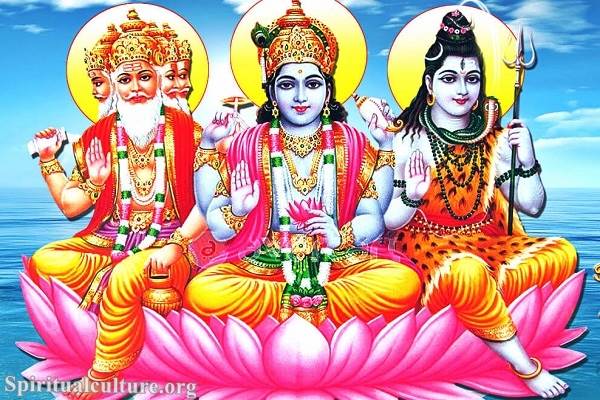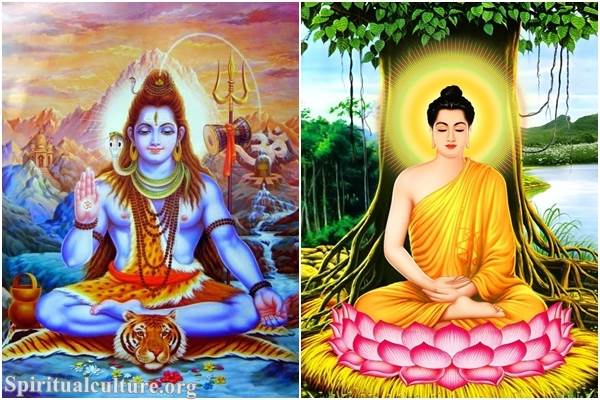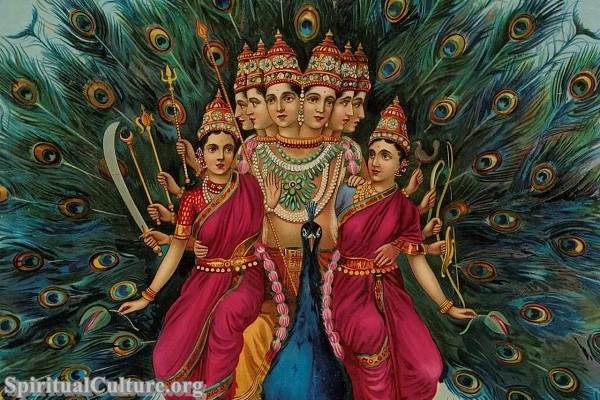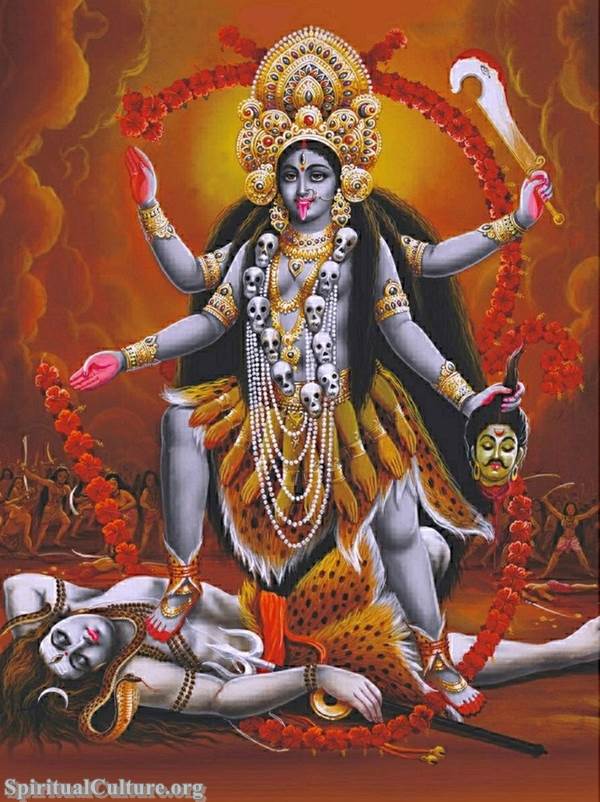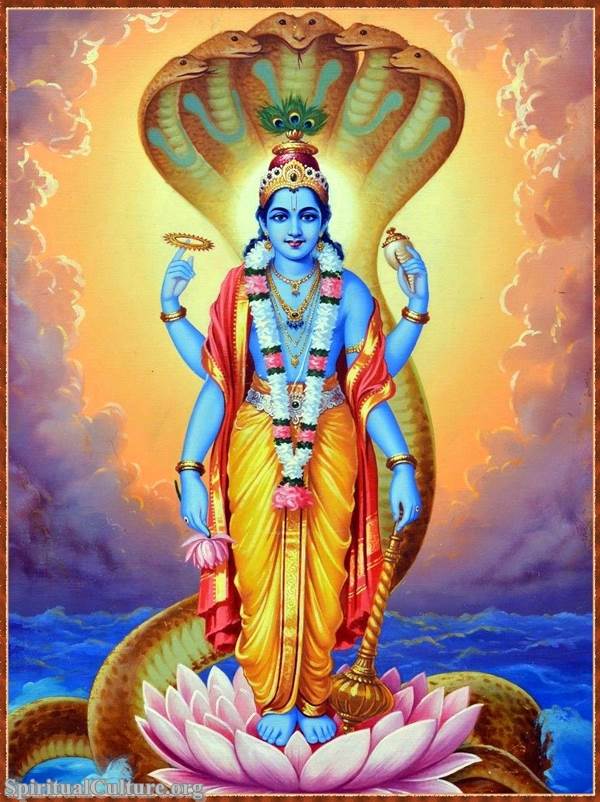The Vedas are considered the oldest holy texts in Hinduism, and they contain hymns, prayers, and rituals used in the religion.
Other holy books include the Bhagavad Gita, which is a conversation between the god Krishna and the warrior Arjuna, and the Upanishads, which contain philosophical teachings and insights.
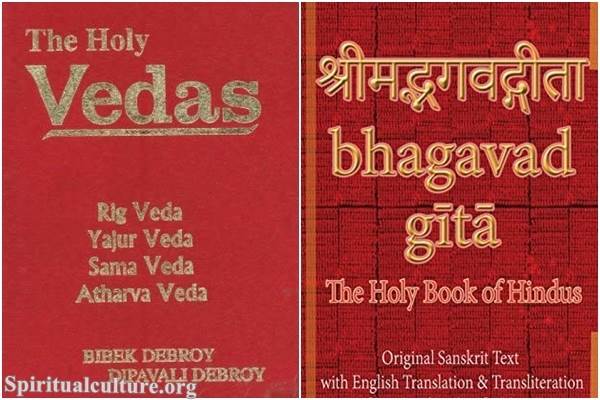
I. Hinduism holy book: The Vedas
The Vedas are a collection of ancient Indian religious texts that form the basis of Hinduism. They are considered to be the oldest scriptures in the Hindu tradition, and they contain hymns, rituals, and philosophical teachings that are believed to have been revealed to ancient sages by the gods themselves.
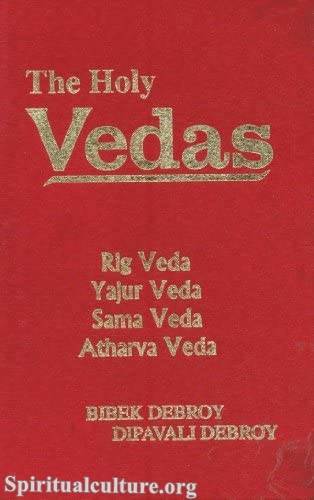
The Vedas are divided into four main collections: the Rigveda, the Yajurveda, the Samaveda, and the Atharvaveda. Each collection has a different focus and purpose, providing a comprehensive overview of Hindu beliefs and practices. The Vedas are considered holy and often referred to as the “Vedas” or “the Word.” They are an important part of Hindu religious life and are studied and revered by Hindus worldwide.
1. The Rigveda: First Veda
The Rigveda is an ancient Indian collection of Vedic Sanskrit hymns. It is one of the four holy texts of Hinduism known as the Vedas. The Rigveda is the oldest of the four texts and is considered to be the foundation of Hinduism.
The hymns in the Rigveda are addressed to various deities, such as Agni (the god of fire), Indra (the king of the gods), and Soma (the god of the moon). The Rigveda is divided into ten books, or mandalas, and contains a total of 1028 hymns. It is an important text in Hinduism and is traditionally recited during religious rituals and ceremonies.
The Rigveda is an ancient text considered one of the oldest religious texts in the world. It is written in Vedic Sanskrit, an ancient language of India, and consists of hymns composed by priests, or rishis, over many centuries. The hymns in Rigveda are addressed to various deities, such as Agni, Indra, and Soma. Priests believe they have been recited during religious ceremonies and rituals. The Rigveda is divided into ten books, or mandalas, and contains a total of 1028 hymns.
The Rigveda is an important text in Hinduism and is traditionally recited during ceremonies such as weddings and other important events. Scholars and students of Hinduism also study it to understand the beliefs and practices of ancient Hinduism. The Rigveda is considered a source of knowledge and wisdom and is revered by Hindus for its spiritual insights and teachings.
2. The Yajurveda: Second Veda
The Yajurveda is one of the four Vedas, which are the oldest and most holy texts in Hinduism. The Yajurveda contains liturgical material and instructions for performing religious ceremonies and rituals, including sacrifices to the gods. It also contains hymns and prayers to be recited during these rituals.
The Yajurveda is divided into two main parts: the Black Yajurveda and the White Yajurveda. The Black Yajurveda consists of prose mantras, while the White Yajurveda consists of verse mantras.
The Yajurveda is an important text for those Hindus who follow the Yajurveda tradition. It is considered one of the most important sources of knowledge about ancient Hinduism.
3. The Samaveda: Third Veda
The Samaveda is one of the four Vedas, which are the oldest scriptures of Hinduism. The Samaveda is a collection of hymns and mantras that are chanted during Hindu rituals and ceremonies. It is believed to have been composed by the rishi (sage) Veda Vyasa, and it consists of 1,549 hymns divided into 20 books.
The Samaveda is considered the most holy of the four Vedas and is traditionally recited by a class of priests known as Udgataras. The hymns and mantras of the Samaveda are believed to have a powerful spiritual and transformative effect on those who recite or listen to them.
The Samaveda is divided into two main parts: the ganas and the arcikas. The ganas are hymns that are recited at the beginning and end of the Vedic sacrifices, and they are believed to have a purifying effect on the mind and bodies of those who recite them. The arcikas are mantras that are used for a variety of purposes, including the offering of oblations to the gods, the attainment of wealth and prosperity, and the attainment of spiritual enlightenment.
The Samaveda is traditionally associated with the fire god Agni, and many of the hymns and mantras in the Samaveda are addressed to Agni or other deities. The Samaveda is also considered to be the Veda of music, and many of the hymns and mantras are intended to be sung or chanted in a specific musical mode.
In Hinduism, the study and recitation of the Samaveda are considered to be a means of attaining spiritual enlightenment and liberation. It is believed that through the study and recitation of the Samaveda, one can purify one’s mind and attain a state of peace and contentment.
4. The Atharvaveda: Fourth Veda
The Atharvaveda is one of the four Vedas in Hinduism, a body of ancient texts that contain hymns, rituals, and other holy knowledge. The Atharvaveda is named after the Rishi (sage) Atharvan, who is believed to have compiled the text. It is the smallest of the four Vedas and is sometimes referred to as the “fourth Veda.”
The Atharvaveda contains a collection of hymns, mantras used in rituals and ceremonies, and spells and incantations believed to have medicinal and magical powers. It also includes several prayers and hymns that are still recited in Hindu temples and homes today.
The Atharvaveda is an important text in Hinduism and is considered to be one of the oldest scriptures in the world. Scholars and religious leaders often study it as a source of spiritual and cultural guidance.
The Atharvaveda is divided into 20 books, or “kandas,” which are further divided into chapters, or “suktas.” The text covers a wide range of subjects, including magic, medicine, rituals, and philosophy.
Some of the notable sections of the Atharvaveda include the “Brahmanas,” which contain detailed descriptions of rituals and ceremonies; the “Aranyakas,” which contain philosophical and meditative texts; and the “Upanishads,” which are believed to be the source of many of the core teachings of Hinduism.
In addition to its spiritual and philosophical teachings, the Atharvaveda is also an important source of information on ancient India’s social and cultural practices. It contains references to a wide range of topics, including agriculture, medicine, trade, and governance.
Despite its importance, the Atharvaveda is not as well known as the other three Vedas, which are more closely associated with the rituals and ceremonies of Hinduism. However, it continues to be an important text for scholars and religious leaders who seek to understand the teachings and practices of ancient Hinduism.
II. Hinduism holy book: The Bhagavad Gita
The Bhagavad Gita is a 700-verse Hindu scripture that is part of the epic Mahabharata. It is a conversation between the warrior Arjuna and his charioteer Krishna, who is regarded as an avatar of the god Vishnu. The text is written in Sanskrit and is considered one of the most important texts in the Hindu tradition. The teachings of the Bhagavad Gita cover a wide range of topics, including dharma, karma, devotion, and the nature of the divine. It is often referred to as the “Song of the Lord” and is considered a source of spiritual wisdom and guidance for Hindus.
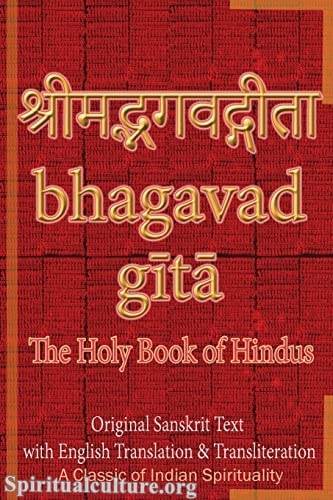
The Bhagavad Gita is structured as a dialogue between Arjuna and Krishna, in which Arjuna seeks guidance from Krishna on how to fulfill his duty as a warrior and a member of the warrior caste (kshatriya). Arjuna is faced with a moral dilemma: he does not want to fight a war against his kin, but he knows that it is his duty to do so. Krishna advises Arjuna to do his duty without attachment to the outcome and to offer the fruits of his actions to the divine.
Throughout the conversation, Krishna expounds on several philosophical concepts, including the nature of the self, the role of action in spiritual growth, and the importance of devotion to the divine. He also teaches Arjuna about the concept of yoga, which is a path to spiritual realization through the control of the mind and the senses.
The Bhagavad Gita has been widely influential in the Hindu tradition and has also had a significant impact on other spiritual traditions around the world. It is often studied and revered for its insights into the nature of the self and the path to spiritual enlightenment.
III. Hinduism holy book: The Upanishads
The Upanishads are a collection of ancient Indian philosophical texts that are considered to be the foundation of Hinduism. They are part of the Vedas, which are the oldest scriptures in Hinduism, and are believed to contain the essence of the Vedas.
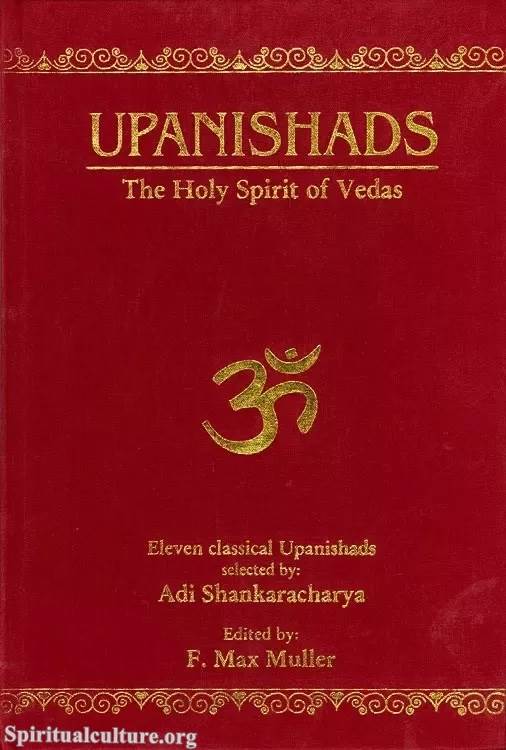
The Upanishads are written in Sanskrit and are concerned with the nature of reality, the nature of the self, and the relationship between the individual self and the ultimate reality. They contain many profound and philosophical teachings and are considered to be some of the most important texts in Hinduism.
